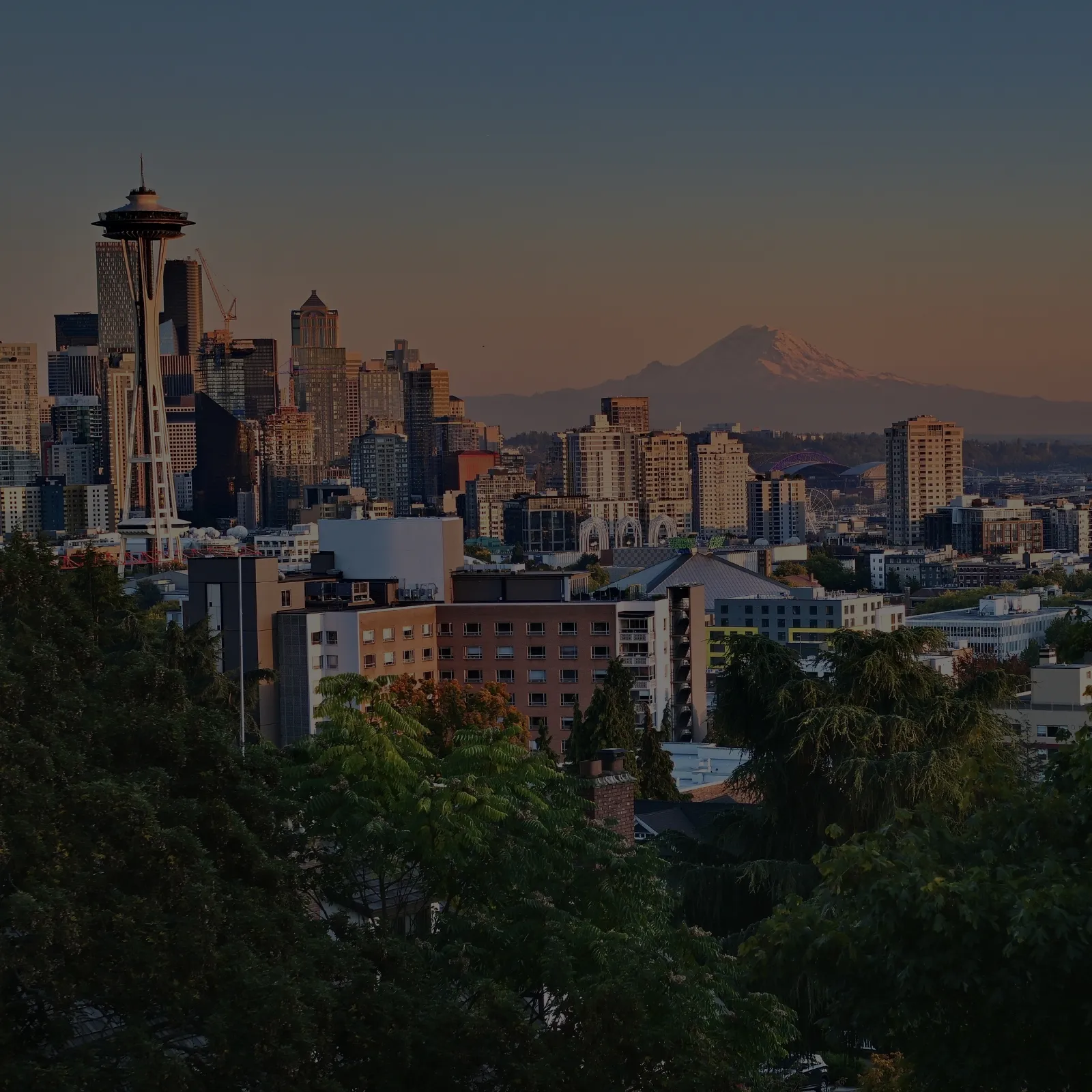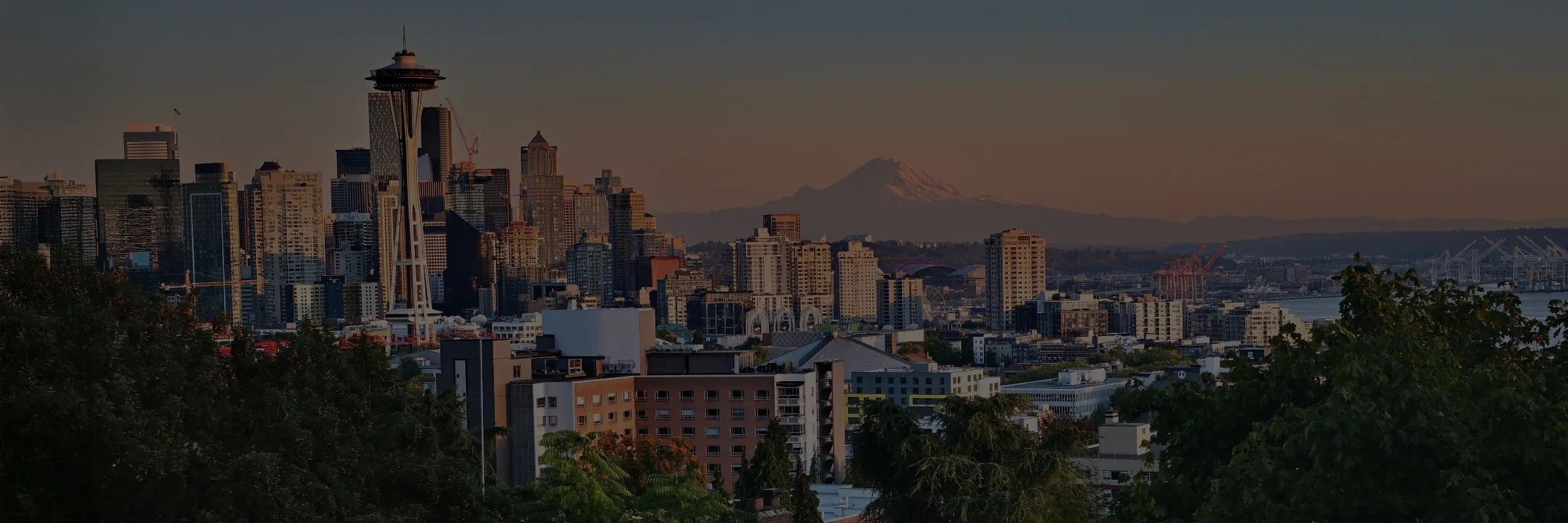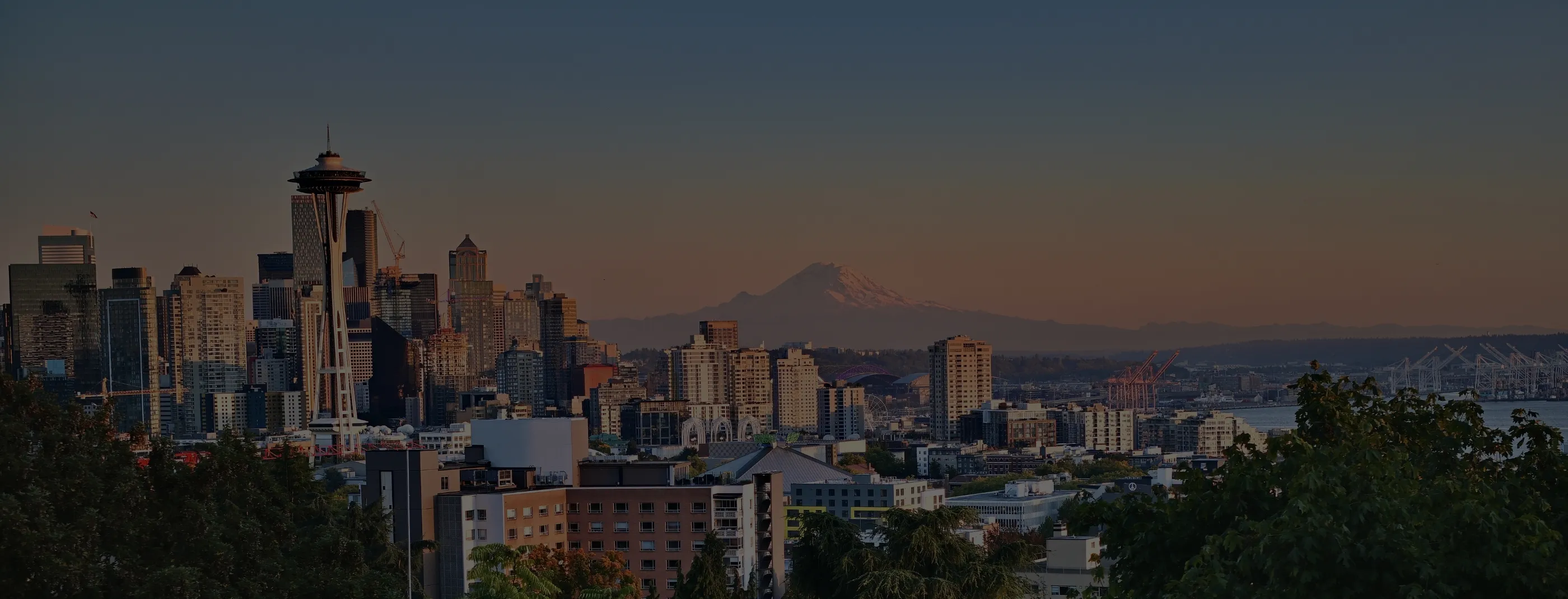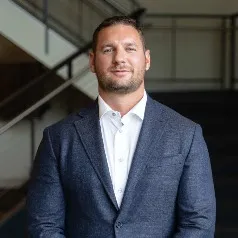As controversies surrounding Tesla swirl, new information has come out about a fatal motorcycle accident that occurred in April. A 56-year-old man was driving a 2022 Tesla Model S eastbound on State Route 522 behind a motorcyclist. When he was looking at his phone and had his car on Full Self Driving mode, he heard a bang and his car lurched forward. He had run over the 28-year-old riding the motorcycle. The motorcycle had slowed down because of traffic ahead in the road. The crash happened about fifteen miles to the northeast of Seattle, near Maltby.
The victim of the accident was named Jeffrey Nissen, and he was found beneath the car. Authorities pronounced him dead at the scene. He hailed from Stanwood, Washington, and was engaged to Janae Hutchinson. He was a father figure to her three young children, and when they got married he was going to be their official stepfather. Nissen taught one of the children to ride a bike, worked on his motorcycle with the kids, and went on trips with the family. With his support, Hutchinson was able to quit her job and be a full-time mother while also focusing on her small business. The children have been having a difficult time understanding why Nissen isn’t coming home.
The driver admitted that he was on his phone and had the driver assistant feature on when the accident happened. He was arrested on suspicion of vehicular homicide by police. It was recently confirmed that he was indeed using the autopilot feature when the accident happened. Investigators from the Washington State Patrol downloaded information from the Tesla’s event-data recorder. Investigators announced this discovery last Tuesday. Seattle Injury Law previously covered this case, but at the time there was no official confirmation from the car’s log.
Despite this information coming out, the investigation is still underway and charges have not yet been filed. The at-fault driver posted bond before his first hearing. Whether or not charges are filed will be determined by the Snohomish County Prosecutor.
Tesla has two types of systems for automated driving: there’s Full Self Driving, like in the case discussed in this article, and Autopilot. FSD is supposed to be able to handle a variety of tasks, but it does not mean the vehicle can drive itself (despite the misleading name). The driver is supposed to still watch the road the whole time FSD is engaged so they can take control if needed. It’s being tested on public roads by certain Tesla users. One other fatal accident was caused by FSD.
Autopilot, on the other hand, is a different Tesla system that is basically supposed to keep the car in its lane, as well as try to prevent it from hitting objects in front of it. As of June 2024, the Tesla Autopilot feature has been linked to 44 fatal accidents, as well as hundreds of other accidents where people were injured. The National Highway Traffic Safety Administration did a formal investigation into these reports, beginning in 2021 when they found that there were several instances of Tesla vehicles crashing into stationary emergency vehicles.

Motorcycle Accident Law Firm
This led to the NHTSA recalling almost all Tesla vehicles with Autopilot at the end of 2023. Tesla sent out a software update intended to resolve the issue, but the accident mentioned above happened after the update happened. The NHTSA closed their investigation in April of 2024. They then opened a recall query so that they could determine how effective the recall had been.
Tesla themselves sometimes confuse Autopilot and Full Self Driving, and of course the public does as well. Part of the problem isn’t just this confusion, but the fact that these features have misleading names. No, despite what people may think, FSD and Autopilot do not allow cars to completely drive on their own. They simply assist the human driver. The CEO of Tesla, Elon Musk, recently said that the FSD feature should be able to drive without human supervision by the end of 2024, but this is not likely to happen. He has admitted that he is prone to being overly optimistic about his predictions.
There are simply so many factors that go into safe driving, and there’s limitations to Tesla’s technological capabilities. Cameras and artificial intelligence simply are not able to react to road conditions like a human can. There are so many different ways things can go wrong. For example, sometimes Tesla cameras are not able to accurately gauge how far away an object is. Some real-world factors that need to be taken into account for safe driving include people on motorcycles and bikes on the road, weather conditions such as rain and snow, slippery roads and other hazardous conditions, and more.
Vehicles capable of “self-driving” are actually not allowed in Washington state except for in certain situations, such as certified testing. Only three companies are actually certified for testing, Zoox, Waymo, and NVIDIA. Even with self-driving, drivers are still ultimately responsible for operating their vehicle safely. Just because a vehicle may be capable of driving autonomously doesn’t mean that the driver can legally do so. Drivers are supposed to follow local laws.
Tesla has guidance for drivers telling them that if they are using FSD or Autopilot, they need to keep in mind that the vehicle isn’t actually autonomous. They also warn that drivers need to still keep their hands on the steering wheel and pay attention so that they can stay safe and keep control of their vehicle. However, the statistics show that not everyone is heeding these warnings, such as in the fatal accident discussed in this article. Janae Hutchinson, the victim’s fiancee, says that she hopes that Tesla will work to improve their safety features so that more tragic crashes don’t happen.
Here at Seattle Injury Law, we work to represent victims of accidents and get them justice. If you or a loved one was injured in a motorcycle accident, reach out to us so that one of our experienced Seattle motorcycle accident attorneys can handle your claim for you. Our professionals are prepared to help you through this difficult time.





